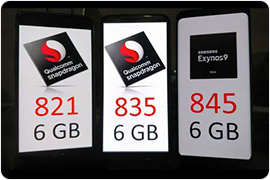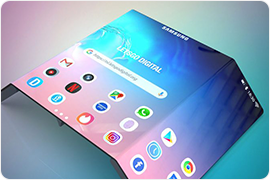From What It Is to How It Differs from SIM: All About eSIM
By Carrie Tsai, Last Updated: October 30, 2020INDUSTRY
Recently, as MacRumors confirms one Apple's internal documentation showing that 5G network isn't available on iPhone 12 and iPhone 12 Pro in dual SIM mode but can be used normally if only eSIM is enabled, the term"eSIM"is thrown around a lot and gains much attention.
In fact, this new technology, currently, is mainly applied in the new generation LTE-connected computers as well as new mobile devices and wearable devices. It was first brought into the spotlight by its embedment in Google Pixel 2 and Apple Watch 3. Until now, there are more and more new smartphones boasting of eSIM support such as Google Pixel 4, iPhone 11 Pro, Motorola Razr and the latest iPhone 12 lineup.
But what is eSIM exactly? And take a closer look. What does it mean for consumers moving forward? And moreover, how is it different from the traditional SIM card? Well, take your time. In this post, all the questions regarding this new technology will be answered carefully so that you can learn more about it. Just keep reading.
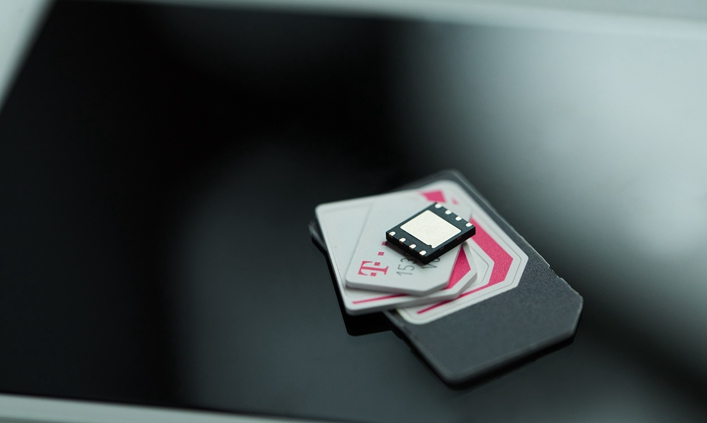
You May Also Read:
iPhone 12 Launched with 5G: Here's Models Overview & Buying Guide
What is SIM Card and Everything You Should Know Abou It
What is 5G? And How About 5G Mate 20X VS 4G P30 Pro
5G Phone: Every Known Phone and Shall you Buy?
Explored: Why Won't iPhone 12 Come with Free EarPods
What Is eSIM and How Does It Work
To better dive into what an eSIM is, it's very helpful to understand what a SIM is (although at this point everyone should have known about SIM). SIM, an acronym for Subscriber Identity Module, is used in the smartphones to authenticate the identity of subscribers to a carrier so as to connect the phones to the cellular provider's network.
eSIM, as the name exactly suggests, is essentially an embedded SIM. As the most recent evolution of the SIM, it plays the same role as a SIM card in a mobile phone - authenticate your identity with your carrier and thus allow you to connect your phone to your cellular provider's network. However, unlike SIM which is a physical card, an eSIM is a tiny rewritable chip similar to a NFC chip which is built into your phone's mainboard.
That said, there is no need to place an actual card into the SIM card slot on your phone in order to connect your phone to the cellular network. Instead, it's your mobile phone that provides one which is built-in for you. But keep in mind that the eSIM only works when both your phone and your carrier support this new technology. Simply put, your phone needs to feature eSIM and your carrier needs to support the eSIM service.
Smartphones aren't the only field where eSIMs are applied. With the push to provide anywhere connectivity, eSIM has been being utilized by more and more computer vendors in a new generation of LTE-connected computers called always-connected computers.
What's more, due to its tiny size, it's also being used in a plethora of smart wearables such as smartwatches and smart bracelets in order to keep the overall size of these devices down and thus make them hassle-free when being worn in the wrist. Furthermore, it's also applied in cars to make the cars network-connected on the go.
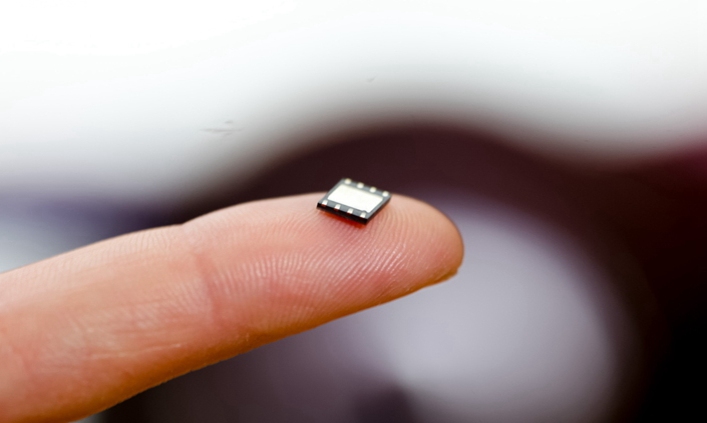
eSIM VS SIM: What Are the Major Differences
Since the eSIM is the latest evolution of the regular SIM card and both of them play the same role in smartphones , it's of great necessity to get a little more detail of their differences in order to better differentiate them. Let's have a look:
* SIM is a small piece of physical plastic card placed in the SIM card slot in the phone, while eSIM is a tiny electronic chip which is integrated in the motherboard of the phone.
* An eSIM takes up much less space on a phone than a SIM card and its tray. An eSIM is at 6 mm in length and 5 mm in width whilst a SIM card comes in three sizes including standard size (25 mm x 15 mm), micro size (15 mm x 12 mm) and nano size (12 mm x 8.8 mm).
* SIM card is removable whereas eSIM is non-removable. That is, SIM card can be removed from one mobile phone after it's inserted in the phone. But eSIM cannot be removed from the phone on which it's featured for that it's integrated into the phone. However, eSIM can be updated over the air on mobile phones.
* To change carrier, SIM card requires you to replace with a new one by popping out the original one from your phone and inserting into a new one. However, while using eSIM, you can switch between carriers by just using eSIM settings on your phone.
* SIM card is available in almost every mobile phone and country whereas eSIM is still not adopted in a great number of phones and countries.
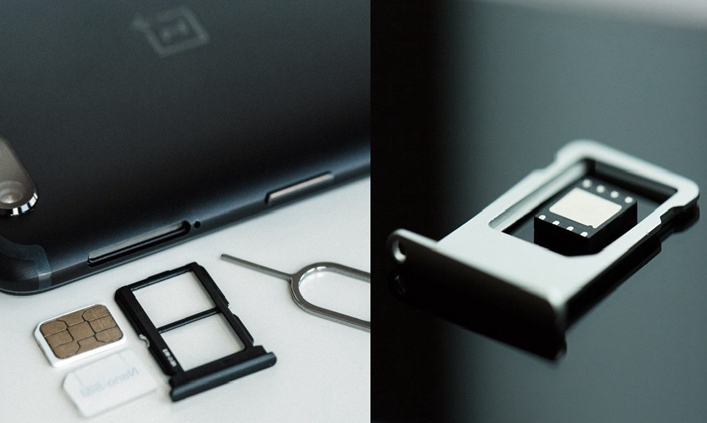
What Are the Benefits of eSIM
eSIM seems like a small change moving from a physical and removable card to a built-in electronic component. However, as the most recent evolution of the traditional SIM card, it does have the seed of revolution since it provides a simpler, more convenient and more accessible means for the end device users to connect to their cellular provider's networks.
And more importantly, in addition to end device users, it also benefits device manufacturers and cellular network operators. Furthermore, what makes end device users and device manufacturers move towards it is that it tilts the balance of power away from carriers.
Help Make Devices Smaller and More Flexible in Design
As device manufacturers especially smartphone manufacturers strive to make their devices smaller, thinner and lighter with more features, space is absolutely premium. You can see the 3.5mm headphone jack has been gradually removed from many newly-launched smartphones.
eSIM, which takes up much less space on a phone than a SIM card and its tray, is adopted in more and more devices since it can make devices smaller and have more flexibility in terms of design. On the one hand, since the eSIM is embedded into the device's internal circuitry and is very tiny, device manufacturers can make their devices slightly slimmer by shrinking the bezels without having to sacrifice battery. On the other hand, device makers especially smartphone makers can potentially use the extra room for extra phone features.
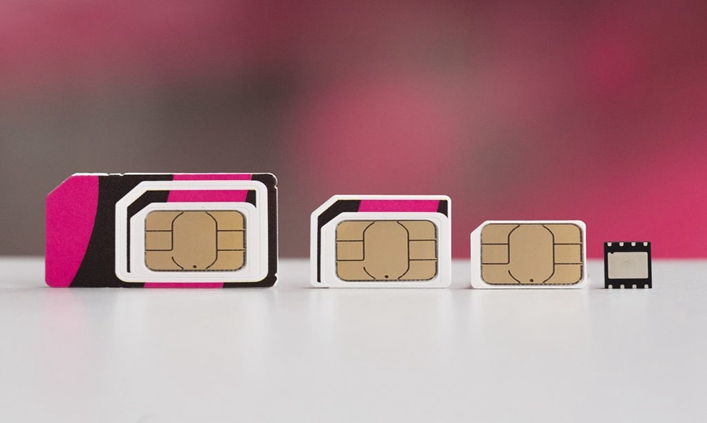
Make It Much Easier to Switch Carriers
For end device users, the biggest advantage of the eSIM technology must be its capability to switch carriers over the air. With a traditional SIM card on your phone, if you want to swap to another carrier after your contract has invalid or when you're travelling, you have to go to the local cellular provider store to get a new SIM card and physically replace the older one with the new one.
However, with an eSIM, you can switch to a new carrier over the air straight from your phone since it's fully reprogrammable. Also, you're able to switch to more than one cellular provider's network associated to your phone on the grounds that the eSIM allows you to store more than one network. By featuring a few new settings regarding to digital SIM card, a phone supporting eSIM allows for switching quickly between lines and carriers and managing accounts.
This technology is particularly convenient for frequent travelers who have to swap to a local carrier or switch to more than one network to stay connected. And for those who have to manage personal line and business line, it's also very useful.
Reduce Possibility of Losing or Damaging
A regular physical SIM card is easy to get lost or damaged for that it's removable from your device. An eSIM, however, is integrated into your device itself so there is no chance to miss it if your phone doesn't get lost or stolen.
Make It Easier for Network Operators to Manage
Although the eSIM seems to tilt the balance of power away from network operators to end device users and device manufacturers, it still benefits the network operators a lot. This is because eSIM can be controllable over the air, allowing network operators to manage it via software and application upgradation.
What Are the Challenges of eSIM
There is no doubt that eSIM will be the future of SIM since every part adopting this new technology will benefit from it. However, it still has a long way to go given that it faces some challenges and has some drawbacks currently.
First off, it's impossible to transfer data to the new phone in case of eSIM. When your phone gets damaged or when you'd like to use the card between different phones, the traditional SIM card allows you to transfer data to the new phone by simply taking out the card from the original phone and inserting it into the new phone. With an eSIM, it's not possible to retrieve the data on the new phone as it's integrated into the motherboard of the phone.
Moreover, currently, the eSIM technology isn't still adopted by a great number of phone manufacturers and network operators, causing the difficulty to provide seamless operations world-wide.
On the one hand, many phone manufacturers especially Android manufacturers are still unwilling to adopt the eSIM technology for that they still prefer to offer dual physical SIM card slots on their phones, with the second slot acting as a microSD card slot for expanding storage.
On the other hand, unfortunately, many carriers especially Chinese carriers are still less interested in supporting this technology, which causes many smartphones to do away with the eSIM still further. For example, since the major Chinese carriers are still hesitant to adopt the eSIM technology, the Chinese versions of the iPhone 12 and iPhone 12 Pro still feature Dual SIM with two nano-SIM cards rather than with a nano-SIM and an eSIM.
How to Activate an eSIM on Your Phone
eSIM indeed offers much convenience, accessibility as well as security for end device users. And its benefits pretty strongly outweigh its disadvantages. If you already has the technology in your phone or if you'd like to replace with a new phone supporting it, follow the steps below to activate your cellular plan with eSIM on your phone. It's easy to operate.
Step 1. Scan A QR Code and Add Cellular Plan
The first thing you need to do is open the camera app on your phone and scan the QR code your carrier gave you. Then add Cellular Plan by following the guide after the Cellular Plan Detected notification appears
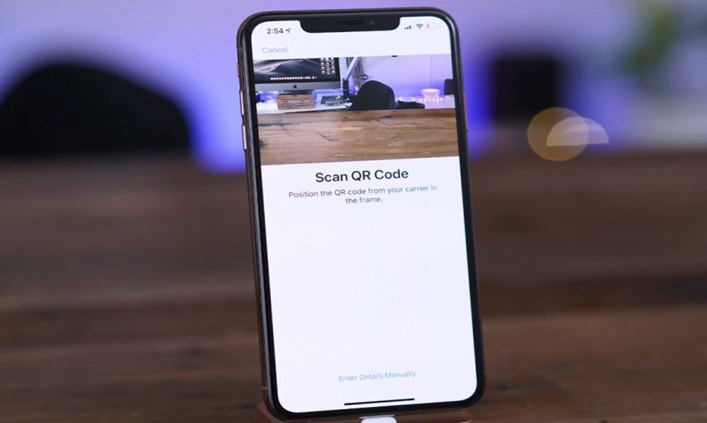
Step 2. Use Your Carrier's app
Go to the App Store on your phone and download your carrier's app. On your carrier's app, purchase a cellular plan.
Step 3. Install the Cellular Plan
For installing the cellular plan, the operations may be a little bit different on different phones. But most are done in the Settings app. You just need to go to the Settings and then follow the specific steps. After the installation, you can use the cellular plan with eSIM. And you can manually enter the information of your eSIM cellular plan by going to Settings > Cellular Data > Cellular Plan.
Final Words
As the most recent evolution of the traditional SIM card, eSIM, which is embedded into phones, also plays the same role as SIM - allow you to connect to your cellular provider's network on your phone. However, it's quite different from regular SIM card in many aspects.
Although it's the fact that it doesn't become the standard and haven't been adopted by many carriers and phone manufacturers, this eSIM technology is certainly the future of the SIM cards. After all, nothing can beat the convenience, accessibility as well as flexibility it brings to end device users, device manufacturers as well as network operators.



